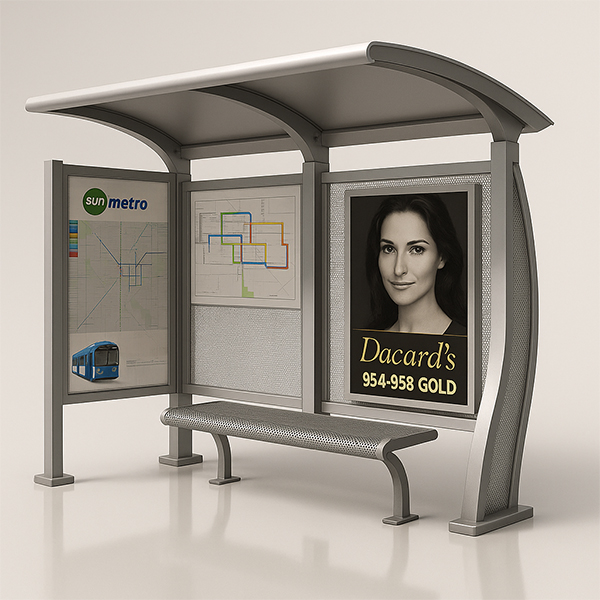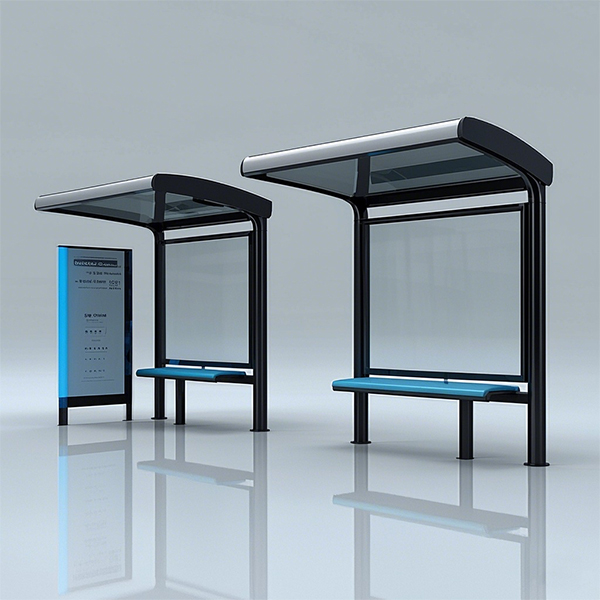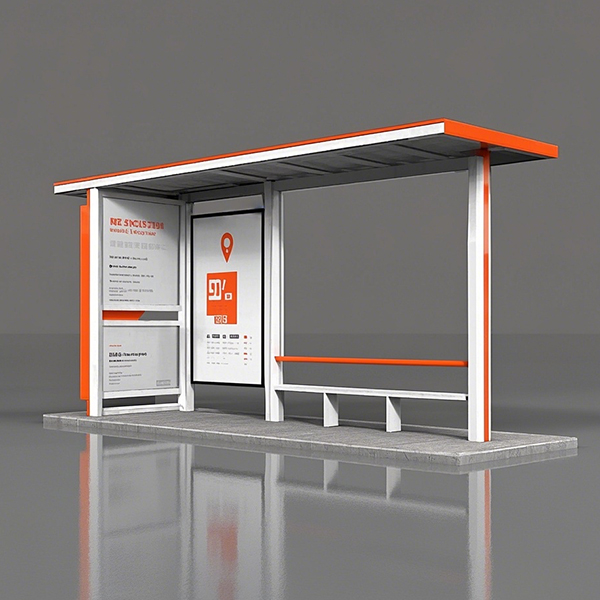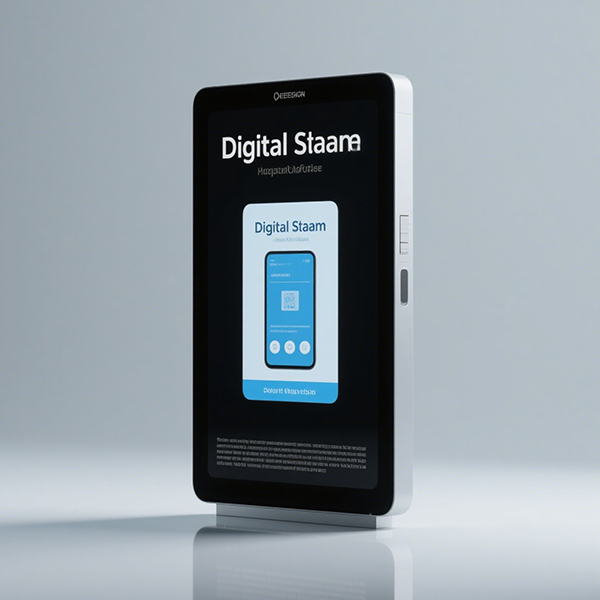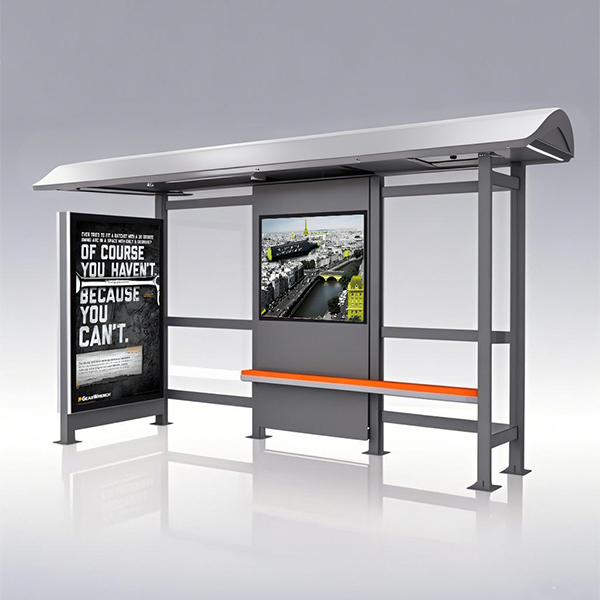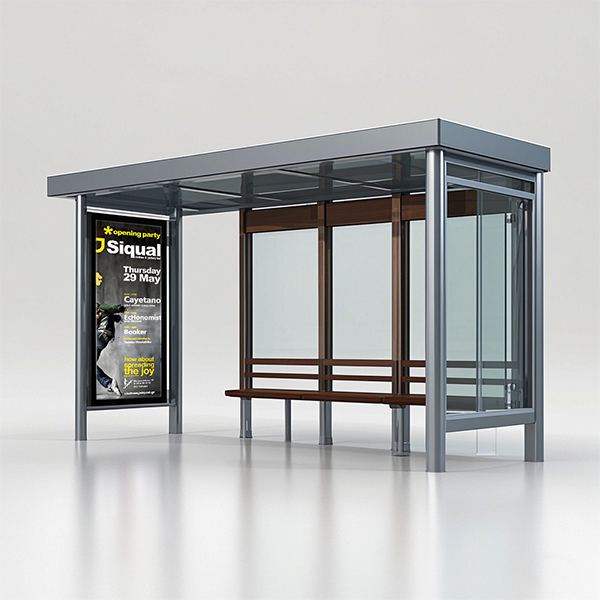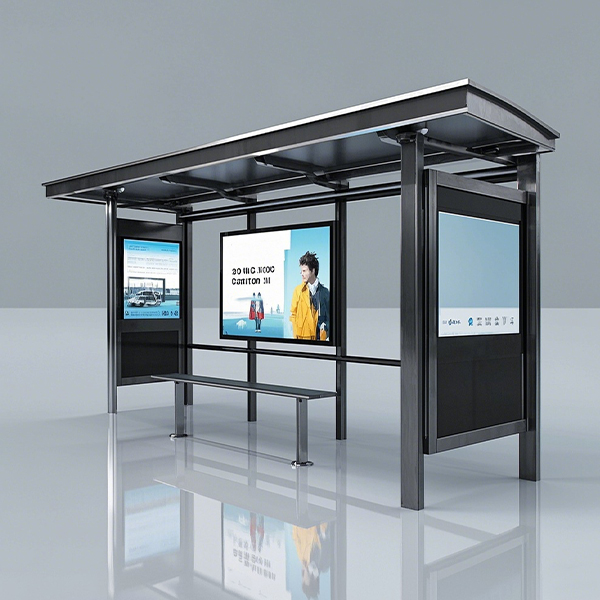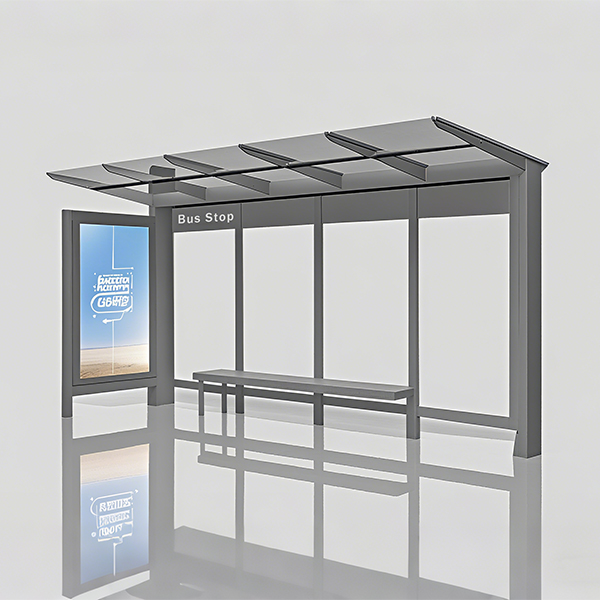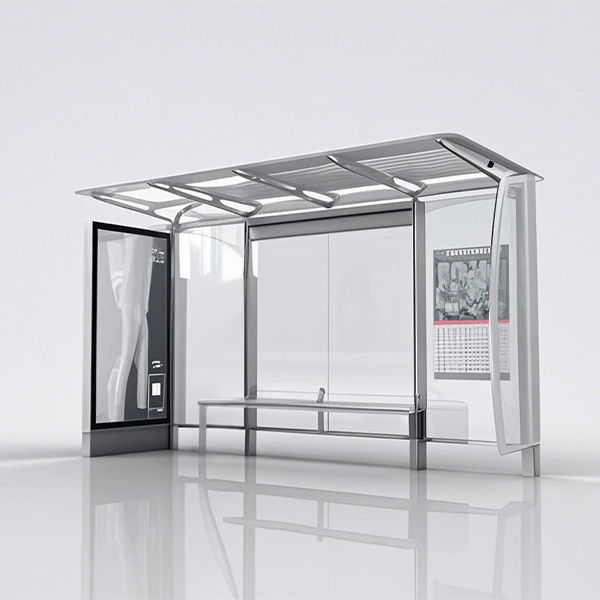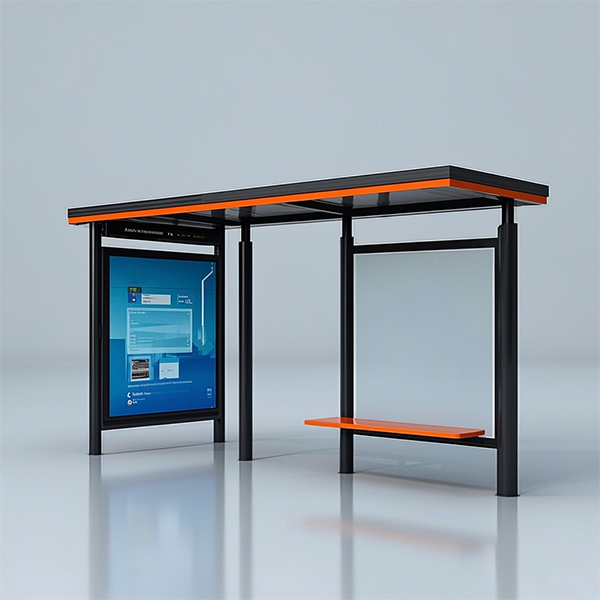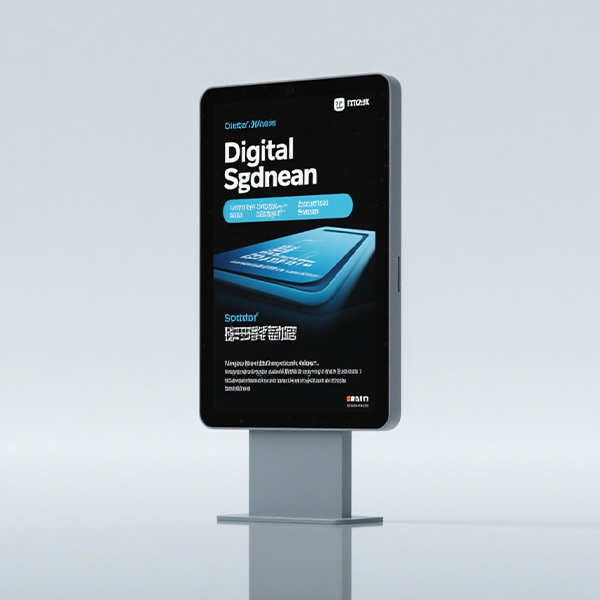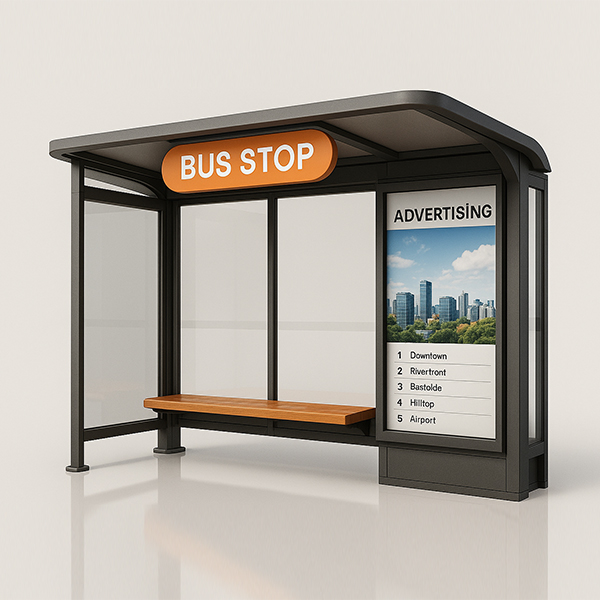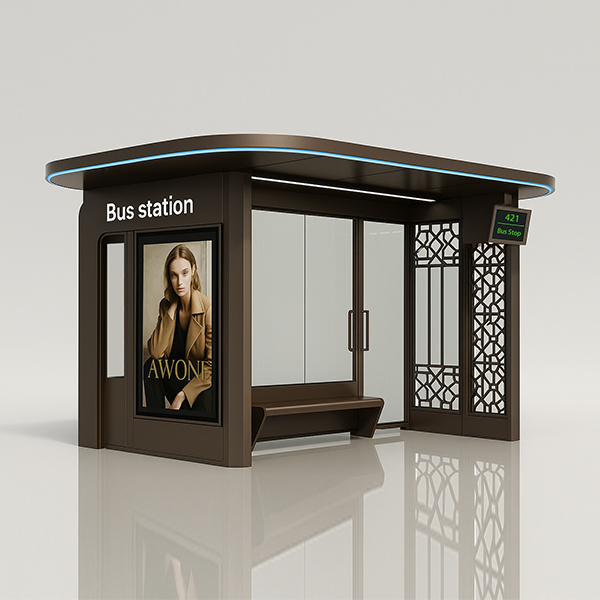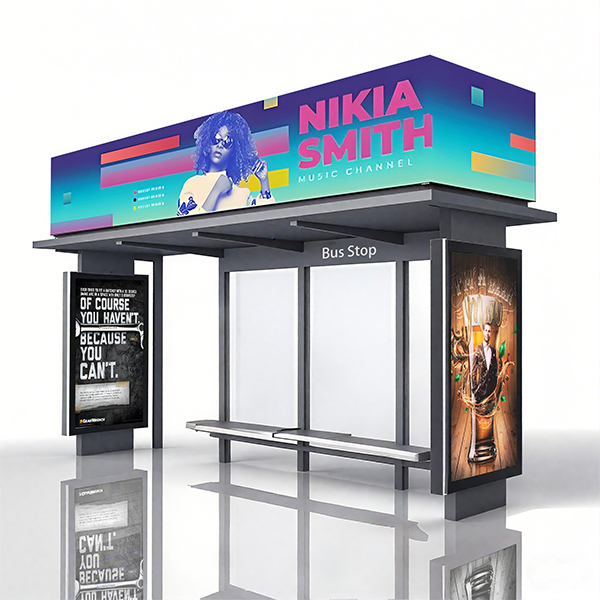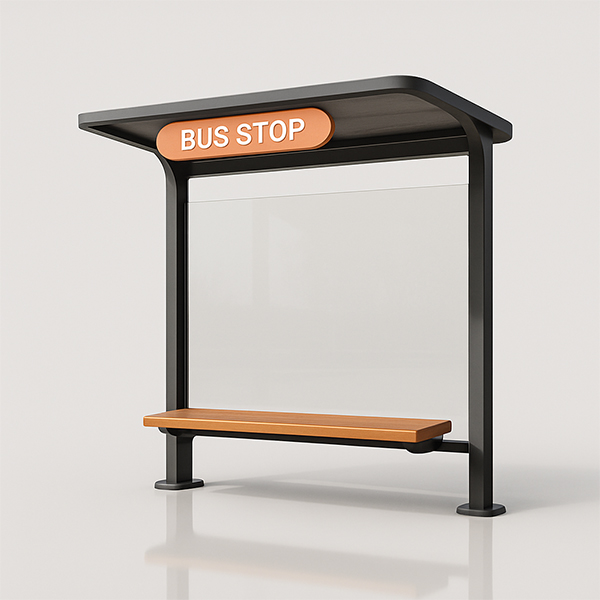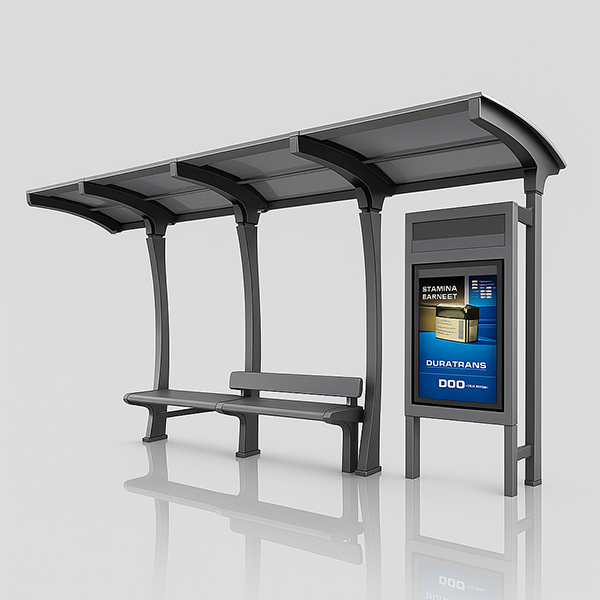
digital signage hardware manufacturers
This guide provides an in-depth look at leading digital signage hardware manufacturers, comparing their offerings, strengths, and weaknesses to help you make informed decisions for your project. We'll cover key features, considerations for choosing the right hardware, and resources for further research. Discover the best solutions for your specific needs, whether it's for retail, corporate, or public spaces.
Choosing the Right Digital Signage Hardware
Selecting the appropriate digital signage hardware is crucial for a successful deployment. Several factors must be considered, including screen size, resolution, brightness, and durability. The environment where the signage will be used (indoors vs. outdoors) plays a vital role in determining the necessary specifications. For example, outdoor displays require significantly higher brightness to combat sunlight.
Screen Size and Resolution
Screen size is determined by the viewing distance and the desired level of detail. Higher resolutions provide sharper images and better readability from further away. Consider the size of the space and the intended audience when choosing the screen size. A smaller screen might be suitable for a smaller waiting area, while a large screen might be needed for a large conference hall.
Brightness and Viewing Angle
Brightness is measured in nits (cd/m2). Higher brightness is essential for environments with significant ambient light, such as outdoor locations or brightly lit stores. The viewing angle refers to the range of angles from which the screen can be viewed without significant color or contrast distortion. A wider viewing angle is beneficial in locations where the audience may view the screen from different positions.
Durability and Environmental Factors
If the displays will be placed outdoors or in high-traffic areas, durability is paramount. Look for displays with rugged construction, protection against dust and water (IP ratings), and vandal-resistant features. Consider the temperature range and other environmental conditions.
Top Digital Signage Hardware Manufacturers
The market for digital signage hardware is diverse. Here are some of the prominent players, categorized for clarity. This is not an exhaustive list, and many other excellent manufacturers exist.
Leading Providers of Large Format Displays
| Manufacturer | Strengths | Weaknesses |
|---|---|---|
| Samsung | Wide range of sizes and resolutions, high brightness options, good reliability. | Can be expensive. |
| LG | Known for excellent image quality and innovative features. | Pricing can be competitive. |
| NEC Display Solutions | Strong reputation for durability and reliability, particularly in commercial settings. | Often higher priced than some competitors. |
For more detailed specifications and pricing, it's always best to visit the manufacturer's website directly. For instance, you can explore Samsung's digital signage solutions or check out LG's offerings.
Beyond the Hardware: Software and Content
While the hardware is essential, the success of your digital signage project also depends heavily on the software and content. Choosing a compatible and user-friendly software platform is vital for managing your content and scheduling. High-quality, engaging content will keep your audience interested and informed. Consider factors like ease of use, scalability, and integration with other systems.
Finding the Right Solution for Your Needs
Choosing the best digital signage hardware manufacturers involves careful consideration of your budget, technical requirements, and long-term goals. Research different options, compare features, and request quotes from multiple vendors before making a final decision. Remember to factor in installation, maintenance, and ongoing support costs.
For innovative and reliable digital signage solutions, consider exploring the options available from Shandong Luyi Public Facilities Co., Ltd. Learn more at https://www.luyismart.com/.
Disclaimer: This guide provides general information and does not constitute professional advice. The views and opinions expressed in this article are those of the author and do not necessarily reflect the official policy or position of any organization.
Соответствующая продукция
Соответствующая продукция







